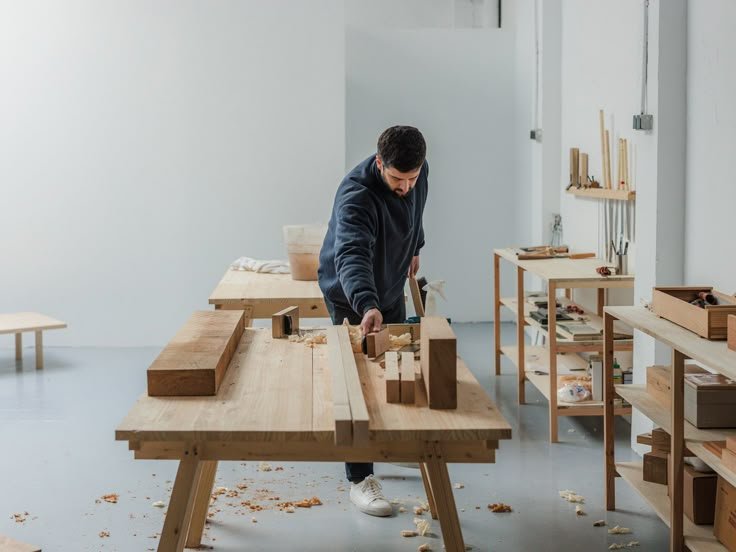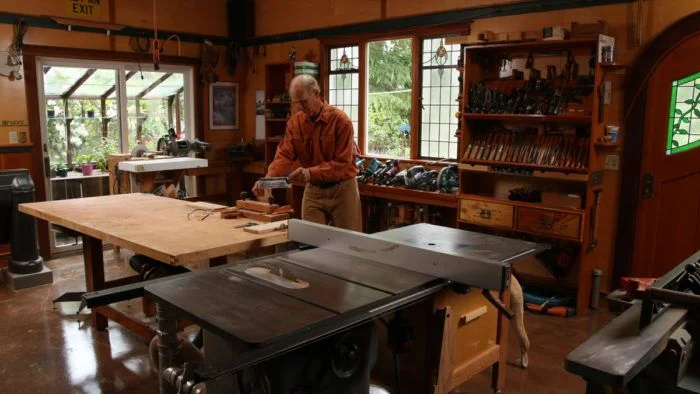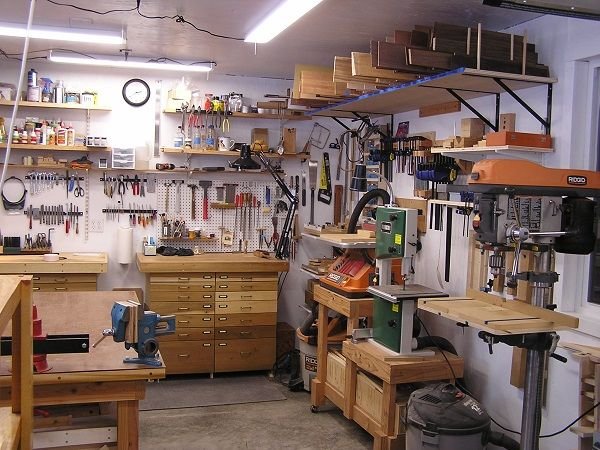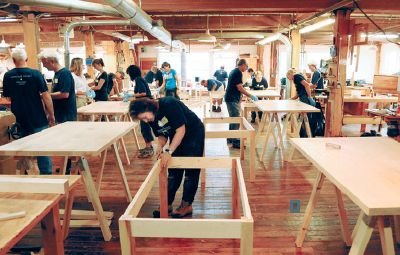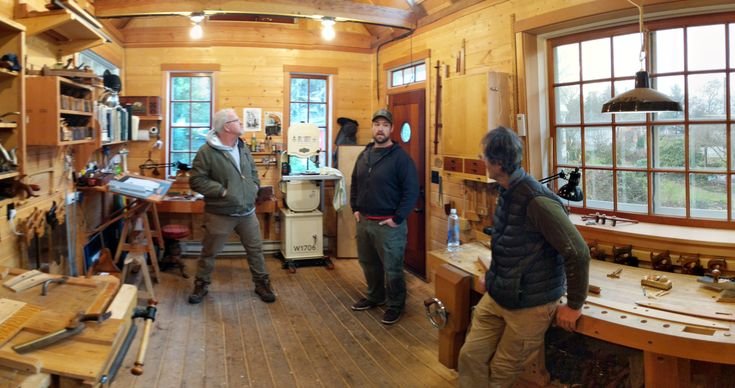A Journey Through Japanese Woodworking
So, sit down with your coffee or your tea—whichever floats your boat. I wanna share a little journey I’ve been on recently, diving into this enchanting world of Japanese woodworking. I never thought I’d use the phrase “zen” to describe sawing wood, but here we are.
The Spark of Curiosity
It all began on one lazy Saturday afternoon. The air was heavy with early autumn scents, that crispness you can practically taste. I was scrolling through Reddit, just trying to pass the time, when I stumbled onto this community dedicated to Japanese woodworking. Now, I’ve dabbled in carpentry here and there—built a couple of shelves, made a rickety table that my family insists is “rustic”—but the idea of stepping up my game with these age-old Japanese techniques really piqued my interest.
I mean, have you seen those graceful wooden joints? No nails, no screws—just pure craftsmanship. Made me feel like a kid again, all wide-eyed and wigged out with excitement. But, like any thickheaded enthusiast, I dove in head first without really understanding what I was getting into. Oh boy, was that a ride.
Reality Hits
Fast forward a week. I decided to make a simple kumiko panel to hang in my living room. At least that was the plan. To kick things off, I did a little digging on the tools I’d need. I came across the Japanese saws, or “nokogiri,” and man, those babies looked sharp—like, “one wrong move and you’re parting with a digit” sharp. After a quick trip to my local woodworking store, I came back with a couple of tools: a dozuki saw and a chisel set.
Now, let me tell you, the moment I opened that dozuki, the smell of fresh, untouched steel was intoxicating. I could practically hear it whispering, “Get to work!” Eager and slightly intimidated, I picked up some beautiful cherry wood. I thought I was cooking with gas, ready to create a masterpiece.
The Pitfalls of Inexperience
But here’s where it all went sideways—okay, maybe not sideways, more like I tripped and rolled down a hill. I had this image in my head: delicate joinery, perfectly crafted pieces coming together like a puzzle. But as I started sawing, I began to realize how little I actually knew.
I almost gave up when my first cut turned out to be completely crooked. You could probably use the jagged edges as a terrain map. It felt like I was trying to paint a masterpiece with a roller dipped in mud. I took a deep breath, cursing at my half-finished piece of wood that mocked my efforts. But there’s something about that frustration that keeps you coming back, isn’t there? Maybe it’s stubbornness, or maybe it’s just that flicker of hope that you’ll figure it out.
The Unexpected Success
After more trial and error with my chisel—who knew chiseling could feel like a wrestling match?—I eventually got a handle on making those joints. I’ll never forget the moment I finally got a perfect tenon into a mortise without forcing it. It was like I had just discovered fire or something. I laughed out loud, almost scaring my dog, who was probably thinking, “What’s wrong with this guy?”
The satisfying “thunk” as the pieces locked together was a sound I didn’t know I needed in my life. It reminded me of the tiny victories that make working with your hands feel worthwhile. Even now, just thinking about it brings a little smile to my face.
Embracing Imperfection
Now—and this is the kicker—my final piece is far from perfect. There are gaps here and there that I’m sure any seasoned woodworker would spot from a mile away. The cherry wood gleams in some spots and is a bit dull in others. I spent one whole evening mulling over whether to fill them with wood filler or embrace the character. Just thinking about it now makes me chuckle.
But really, in a weird way, I think that’s what makes it special. It’s not just a decorative piece; it’s a slice of my learning curve. I can’t tell you how many times I felt like tossing that wood into the fire and calling it a day, but every flaw tells a story. It’s almost poetic if you squint just right, ya know?
A Beautiful Finish
With a coat of natural oil, it turned out pretty sweet, if I do say so myself. I hung it up, and every time I walk past it, I’m reminded of that experience—the frustrations, the triumphs, and the lessons learned. I find myself thinking about how utterly satisfying it is to create something from scratch, even if it doesn’t turn out Instagram-perfect.
So, here’s the takeaway: if you’ve ever thought about trying woodworking, especially Japanese woodworking, just go for it. Don’t let the fear of messing up hold you back. Every knot, every crooked cut, every awkward moment is part of the journey. It might end up being far from what you envisioned, but trust me, it’ll be worthwhile. You’ll build not just something with your hands, but also a piece of you—flaws and all.

